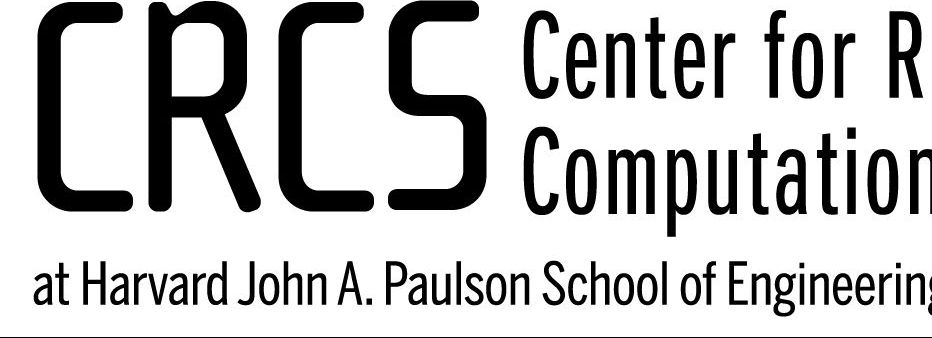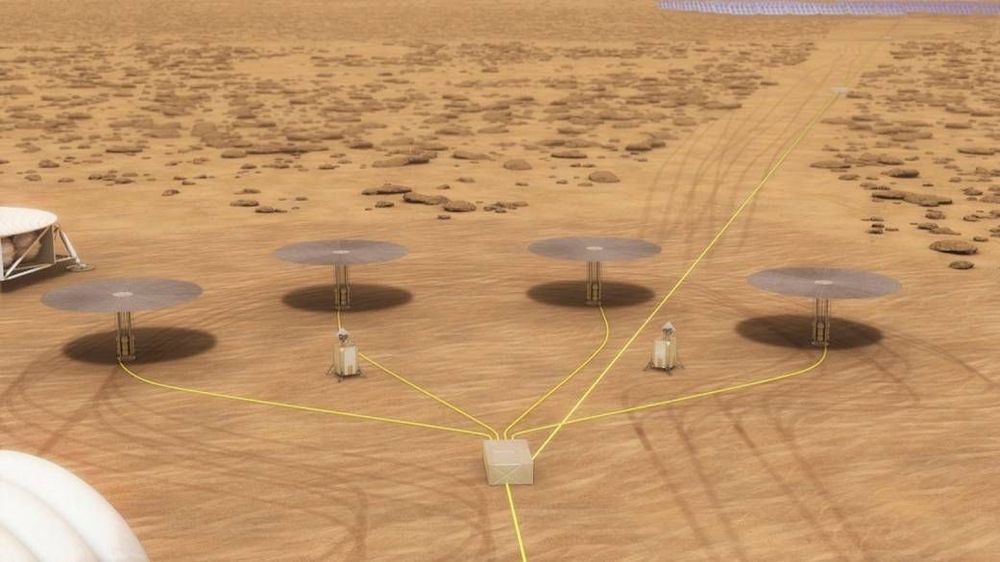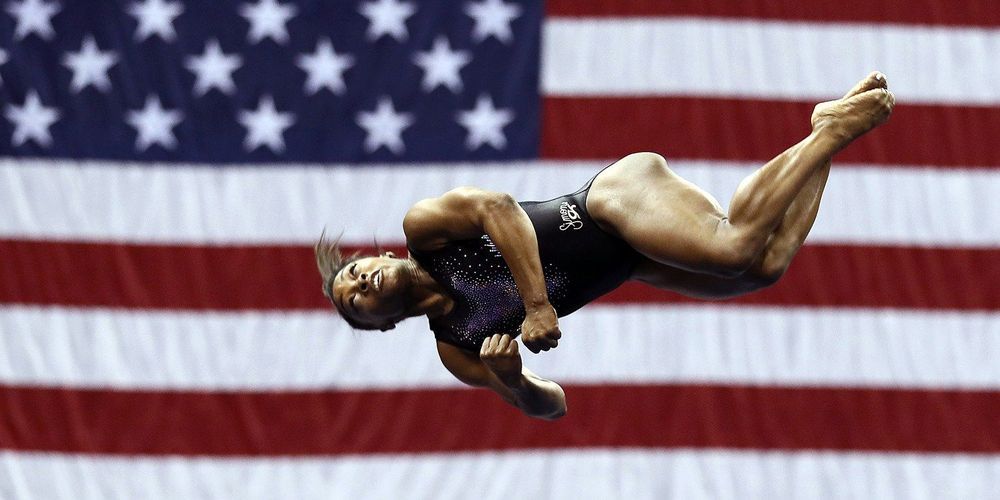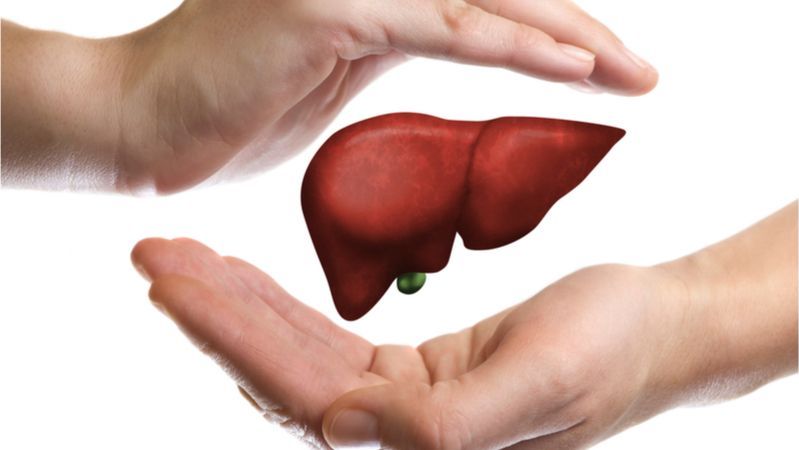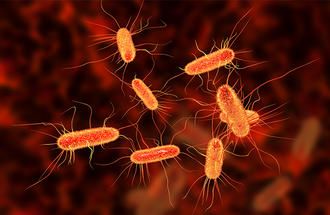A method for locating seams of gold and other heavy metals is the unlikely spin-off of Swinburne’s involvement in a huge experiment to detect dark matter down a mine in Stawell, Victoria.
Associate Professor Alan Duffy, from Swinburne’s Centre for Astrophysics and Supercomputing and a member of the Sodium iodide with Active Background REjection (SABRE) project, said cosmic radiation was effectively creating an X-ray of the Earth between the underground detector and the surface.
In the mine, the SABRE experiment seeks to detect particles of dark matter, something no one has conclusively achieved yet. Any signal from dark matter would be miniscule, and so the SABRE team created a phenomenally sensitive detector, which, it turns out, is also sensitive to a host of cosmic particles that can help us to locate gold.


